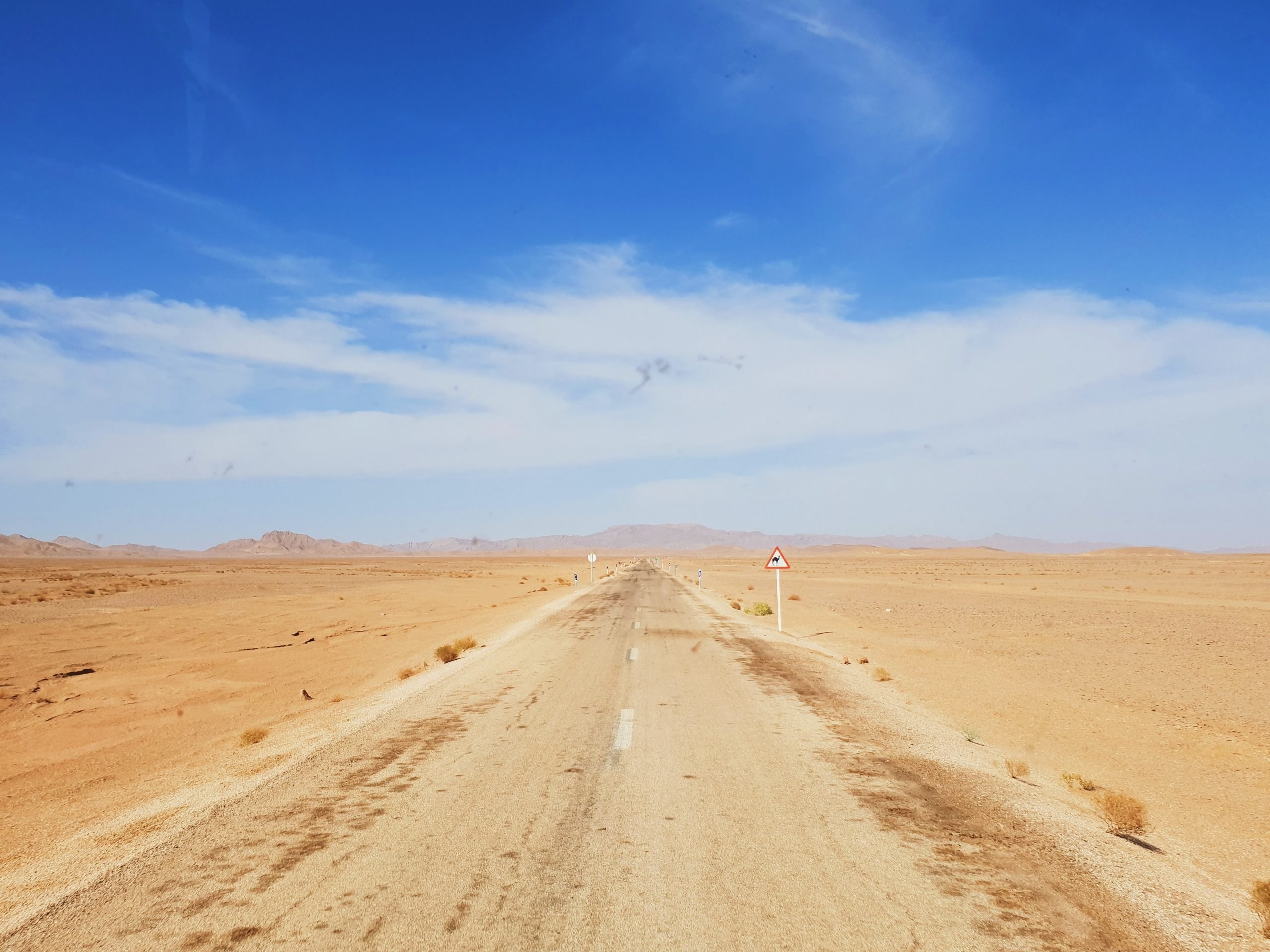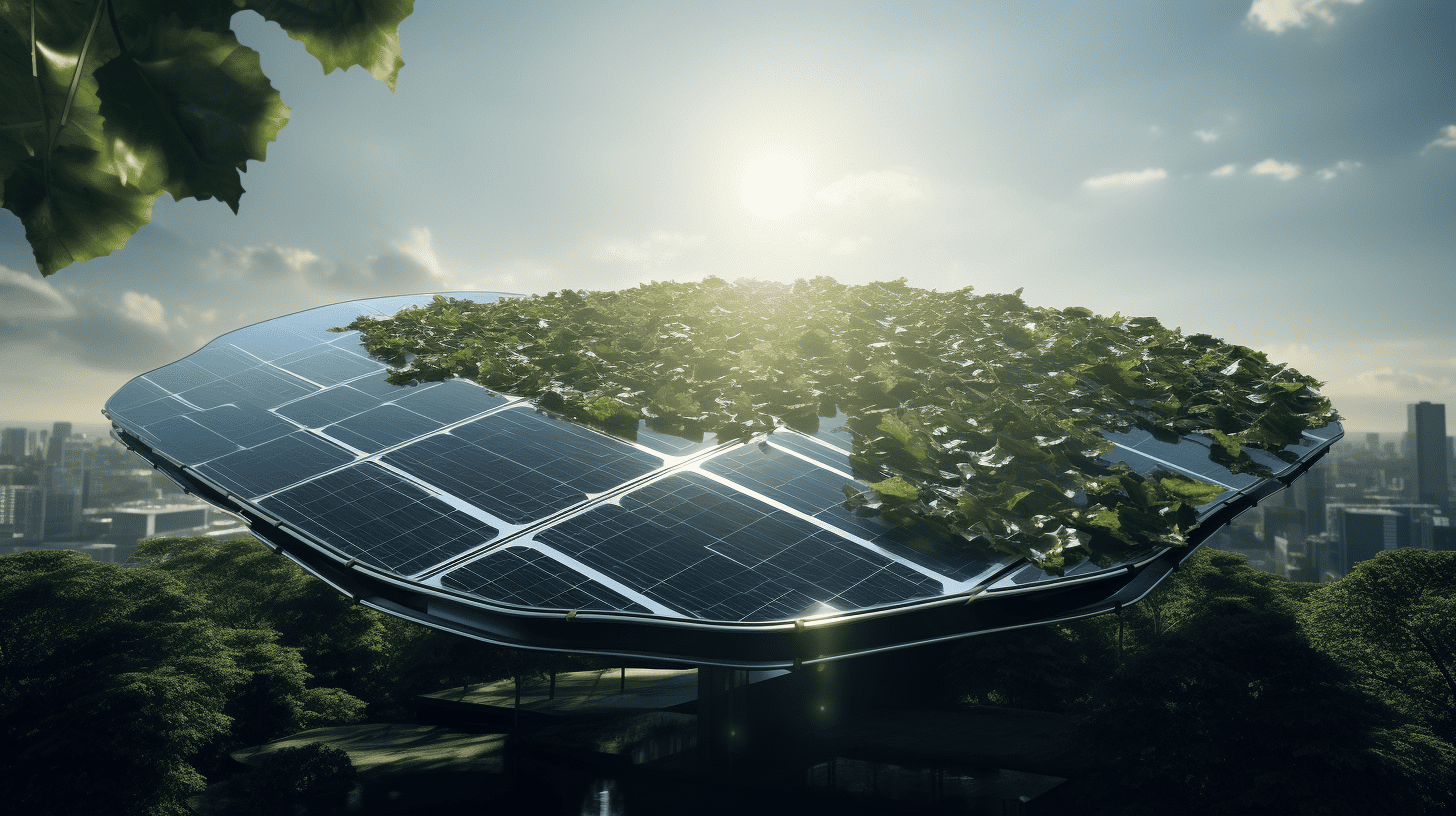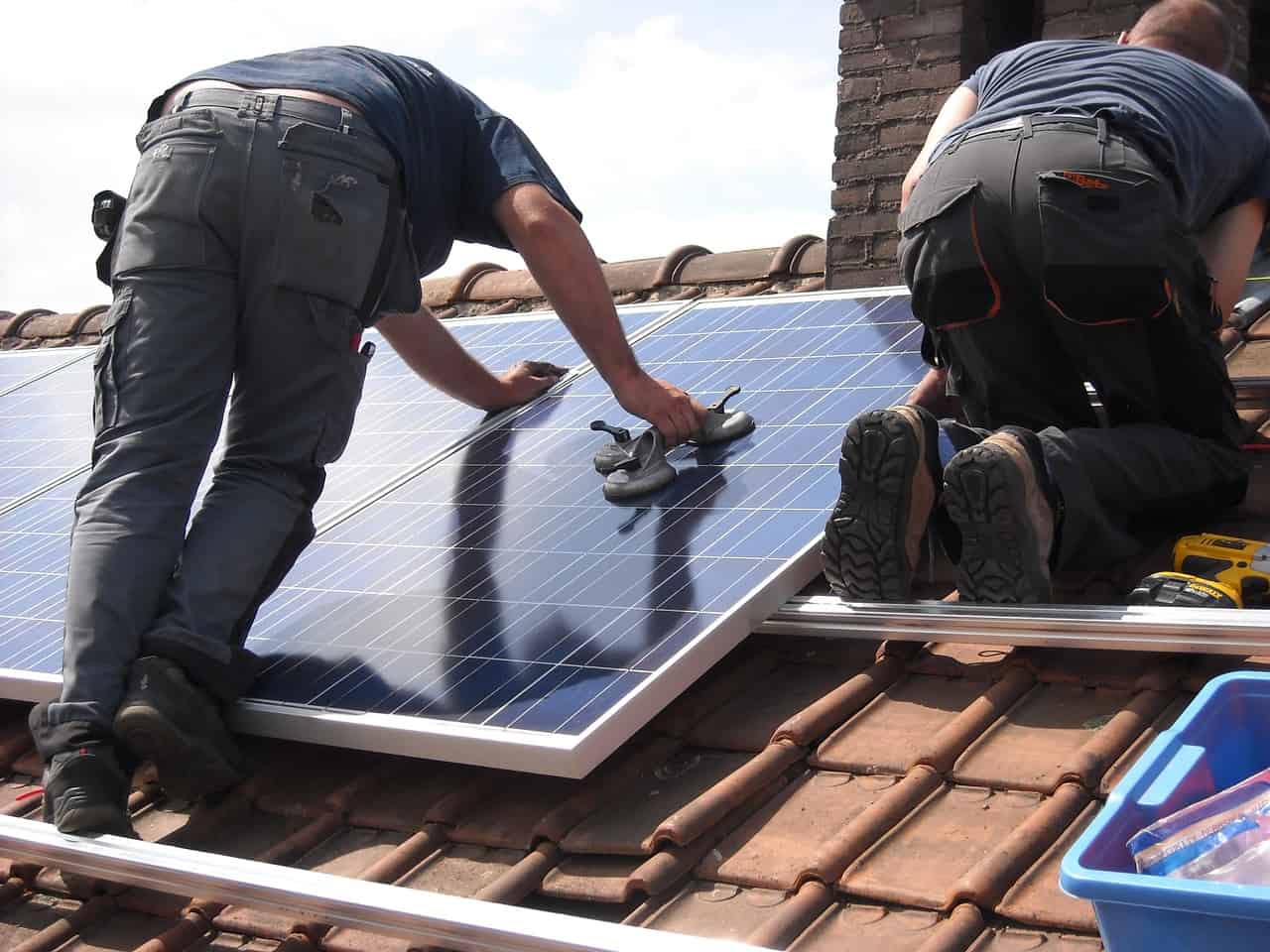
Developing nations where the sun shines a lot can benefit greatly from the accelerated introduction of solar energy. If they also use Solabolic’s new efficient solar collector for this purpose, they will be able to benefit twice as much. This is what the Viennese start-up (which is licensing out the parabolic solar collectors) is doing.
The so-named parabolic trough is based on Concentrated Solar Power (CSP) technology. It can be used to produce both electricity and heat. The collector is made up of parabolic mirrors that bundle the incoming parallel solar rays at a certain point. Thermal energy (heat) is generated this way. This energy can be used to generate electricity or to heat water in industrial processes.
This technology has been quite expensive up until now. Solabolic eliminated the last technical obstacles. The Viennese start-up has simplified the construction so that costs are much lower. As a result, this technology is now also viable for poor regions. Definitely for those with vast amounts of solar capacity.
The viability of the simplified model has already been demonstrated in cooperation with the University of Technology Vienna (TU Wien). The first pilot project is currently taking place with a licensed partner in Abu Dhabi. With the exception of electronics, all components can be made locally.
Founder Ahmed Adel spoke to Innovation Origins about Solabolic:

How did the idea for the Solabolic start-up come about?
I was doing research at TU Wien. Then I was asked to build a pilot plant for a project using a conventional parabolic trough collector (PTC) for the generation of electricity. So, I ordered a parabolic trough collector from a German supplier. But it arrived damaged. This was the case with the second one as well. I came to the conclusion that the transport of parabolic troughs is risky and expensive. This gave me the following idea. If a relatively small parabolic trough is easily damaged during transport over short distances, what about the transport of large parabolic troughs over entire continents? For instance, when an American company ships a collector to Africa. Therefore, the most significant factor in terms of cost is that it’s not made at the place where it is used.
In order for a parabolic trough to be able to work properly, you effectively need a desert like the Sahara where sunlight is extremely intense. The real market is found in the developing world, where the greatest amount of solar capacity is available. But locally there is no know-how on hand to build the equipment. This makes it difficult for politicians in these regions to make decisions. There is no local job creation and no added value for the region.
What has been the biggest obstacle that you have had to overcome?
Funding was the main obstacle in the initial phase. This was in part due to the business plan. When a high-tech start in Austria applies for public subsidies, the question asked is: does it serve Austria’s interests? This taught me how to formulate a business model in such a way that the advantages stand out very clearly. At first, I only mentioned the technical benefits. But by including the economic element, I was able to propose a compromise. Added value is created in Austria by the revenue from licensing agreements. And there is added value in the developing regions as young companies are going to build these collectors under license. This is by no means incompatible with each other.
Is there another or a more ideal location for a start-up like Solabolic?
The funding landscape in Austria is almost ideal. For every technology and every stage of development, there is an ideal funding solution. But when it comes to private investors – business angels and venture capital investors – it gets a bit difficult. There is a lot of money, but only a few are willing to take risks. Our first and so far only investor comes from the Arab Emirates.
Where will the company be in five years time?
In five years time we want to have offered our invention to a lot of companies worldwide. By doing so, we will have not only made a positive contribution to the climate, but will have also supported economies in poor regions.
What is your ultimate goal?
We want to expedite the use of solar energy around the world. Our technology is designed to encourage small businesses in developing nations to take advantage of and benefit from their local solar capacity. At the moment, they think that this isn’t an option. What’s more, they’re even afraid that energy giants would run off with the profits.
What sets your innovation apart from other systems?
We have made a significant change on a technical level. Instead of rigid supporting structures, we use tensile forces. The difference between our technology and that of others is comparable to the difference between a suspension bridge and a conventional bridge. The suspension bridge’s main cables automatically take on a curved form; a parabolic form. We use this shape for focusing the sunlight. Conventional parabolic troughs are made up of steel structures. Building them in the desert involves building a hall as well as expensive high-tech construction methods. This is no longer necessary in our version. Its parabolic shape is created by the tensile forces. These parabolic troughs can be assembled in a cost-effective way by people with basic technical knowledge. Like the technical level that’s available in most developing countries. This is the only way to speed up the implementation of solar energy.
The technology also boasts another advantage. You can build much larger collectors this way. Just as suspension bridges can be bigger than regular bridges. Larger collectors increase efficiency levels and reduce costs.

Photo: Suspension bridges allow you to achieve a longer span with less material and lower costs than conventional bridges. This also applies to solar collectors, where the Solabolic parabolic trough is more simple, more efficient and cheaper than other collectors due to the ‘suspension bridge technique’ that is used.
You can find a video explaining this here.







